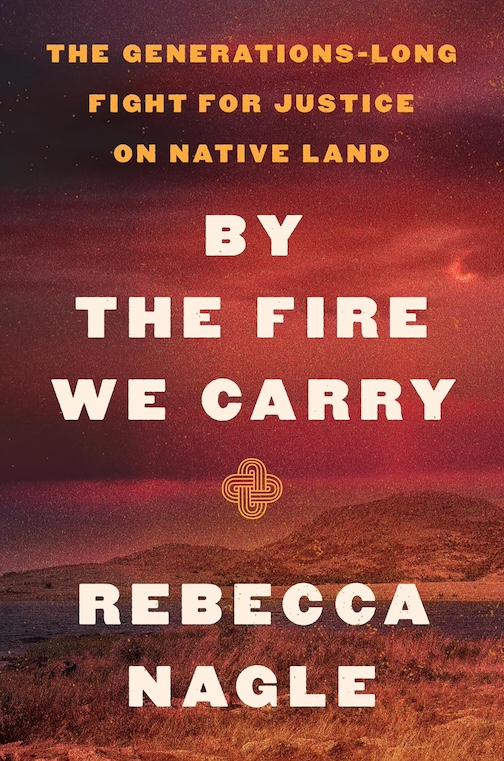Moonlight and Macaroons
In The Girl Who Chased the Moon, Sarah Addison Allen stirs up a sweet froth of a mystery
Mullaby, North Carolina, is like many a small Southern town, complete with barbeque joints, eccentrics, and neighbors with long memories. The setting for author Sarah Addison Allen’s latest novel, The Girl Who Chased the Moon, Mullaby is a place where mysteries are so commonplace the town’s inhabitants have come to view them with an air of blasé acceptance.
In her New York Times bestselling debut, Garden Spells, Allen gave her readers cooking recipes for the garden, and in her second novel, The Sugar Queen, she featured the delights of Southern candy. In The Girl Who Chased the Moon, food again figures prominently: hope is engendered simply from the “crystalline swirls of sugar and flour” that linger in the air, and the designated gastronomic leit motif is barbeque: so many eateries line the main downtown thoroughfare that the smell of their “woody, sweet smoke…rising from behind some of the restaurants in wisps and curls” has “settled over the town like a veil.”
 In the hands of Allen, whose narrative technique mixes culinary enchantment with a heaping helping of magical realism, the charming and fantastical abound. The wealthiest family in Mullaby is so secretive they never venture outside after dark, and those “white lights that sometimes dart through the woods and fields”? Well, they’re “just another town oddity.”
In the hands of Allen, whose narrative technique mixes culinary enchantment with a heaping helping of magical realism, the charming and fantastical abound. The wealthiest family in Mullaby is so secretive they never venture outside after dark, and those “white lights that sometimes dart through the woods and fields”? Well, they’re “just another town oddity.”
Into this set of oddities steps seventeen-year-old Emily Benedict, whose mother has just died and who arrives in Mullaby to stay with the grandfather she has never met. Known as the “Giant of Mullaby,” Emily’s grandfather is a quiet and reclusive man over eight feet tall, and his next door neighbor Julia wears a streak of pink in her hair and bakes cakes every day: apple stack cake, Milky Way cakes, butter pecan cakes, and dozens of cookies, macaroons, and Madeleines. Emily discovers that the wallpaper in her bedroom unexpectedly changes depending upon her mood, and there’s an intriguing, green-eyed boy named Win who manages, every time she sees him, to casts a mesmerizing spell over her.
Connecting these characters (along with many others populating the narrative) is history, the shared past that “cement[s] people together, for better or worse.” For Emily, history means secrets, and her goal is to uncover the real reason her mother so deliberately left Mullaby many years ago. For others, like Julia, facing history means coming to terms with regret, making peace with both the person she was and the person she has chosen to be. In The Girl Who Chased the Moon, Allen writes with warmth and affection, with hope and redemption, about both the book’s magic and its mystery. As Julia remarks to another character, “There’s this promise of happiness out there….I know it. I even feel it sometimes. But it’s like chasing the moon—just when I think I have it, it disappears into the horizon.”
Sarah Addison Allen will be in Nashville to read from her gentle new mystery at Davis-Kidd Booksellers on March 25 at 7 p.m.


